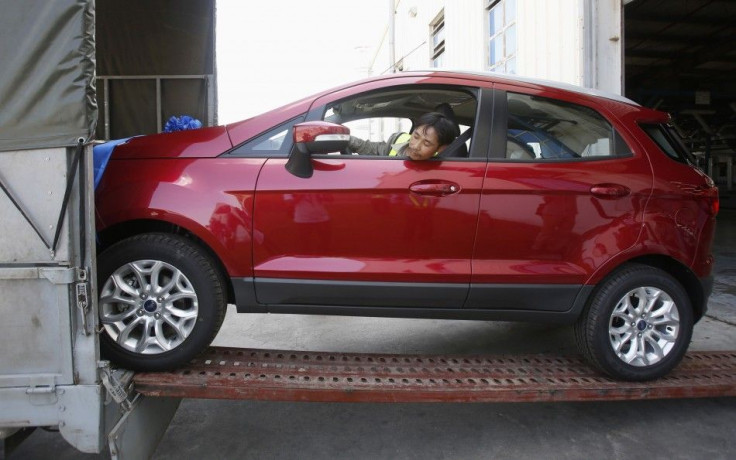Trans Pacific Partnership Regional Free Trade May Bolster Vietnam and Mexico As New Hubs of Trade

The proposed regional free trade agreement called Trans-Pacific Partnership among 12 countries in the Pacific rim is an opportunity galore for many countries, including the U.S and Japan, which are the major partners and account for 80 percent of the total gross domestic product.
Though the ministerial-level talks on the TPP held in Sydney on Oct 27 could not break the Japan-USA impasse on tariffs, the regional partnership may materialise. The countries involved in the TPP talks are USA, Australia, Malaysia, Mexico, Brunei, Canada, Chile, Japan, New Zealand, Peru, Singapore and Vietnam. Despite Japan and the United States bickering over tariffs and auto trade issues, the scope of the TPP is deemed humungous and can encompass 40 percent of global trade, if a deal is struck, reported Japan Times.
New Beneficiaries
Beyond Japan and U.S, the bigger picture has the gains accruing for Mexico and Vietnam and the potential it offers to Japan in terms of trade relations with many countries in the Asia-Pacific region. This was evident at the jovial comment made by Japan's Prime Minister Shinzo Abe to Nissan Motor Vice Chairman Toshiyuki Shiga when they met in Mexico in July. "Please invest more in Japan as well," the PM joked. The obvious reason was Nissan's priority in making 1 million cars a year in Mexico. In Nissan's planning, Japan will be at No. 3 position, behind China and Mexico, in terms of output.Shiga only smiled wryly and enjoyed the joke.
Gain For Mexico
For Nissan, Mexican plants will be a windfall as the TPP takes effect, thanks to the very low production costs there. Also, the TPP is happening after 20 years of North American Free Trade Agreement, or NAFTA, conjoining the economies of Mexico, Canada and the U.S. together in the region. But TPP will have more potential to flatten trade barriers between Mexico and the rest of the Pacific Rim, reports Asia Nikkei.
Under the TPP, Vietnam will also emerge as a destination for Mexican exports. Vietnam has been shaping up as a potentially lucrative market. It has a population of 91.7 million and more Vietnamese are entering the middle-class segment.
But unlike the U.S auto tariffs, Japan is not making much of a fuss over Vietnam's steeper tariff on autos. That silence has more to do with the greater competition that the TPP will unleash as Mexico and Vietnam take the free trade route. It will grace many non-Japanese automakers also. Mexico also houses the plants of Germany's Volkswagen and many automakers from the U.S. as well as South Korea. That means even companies whose home countries are not TPP signatories, will get a boost in auto sales at Vietnam.





















